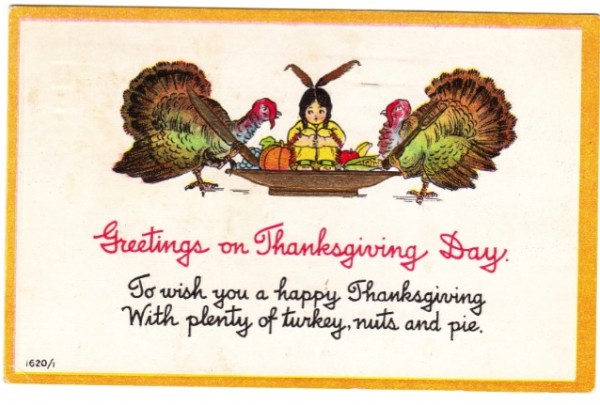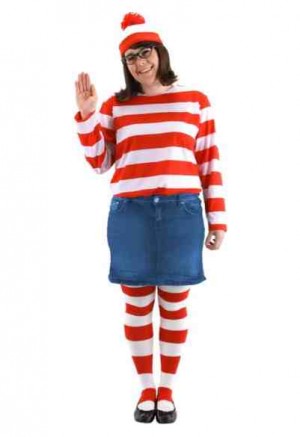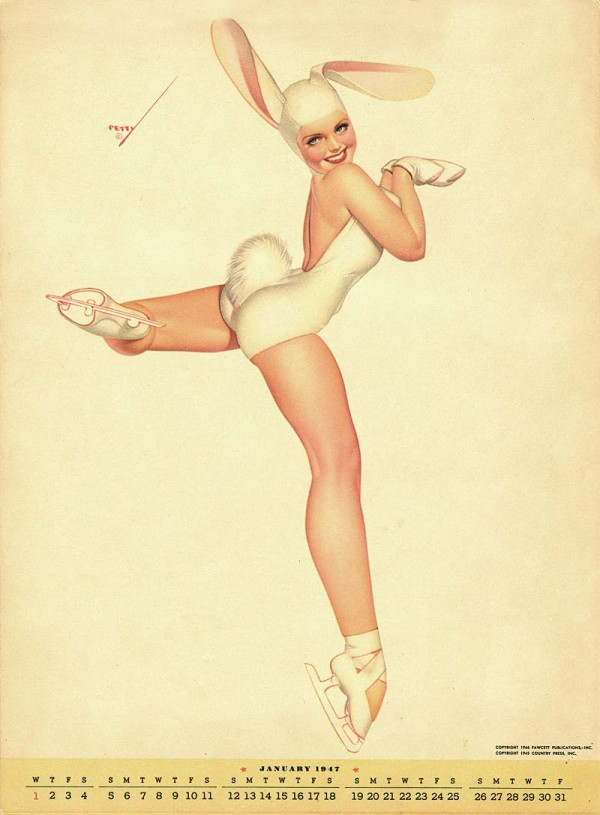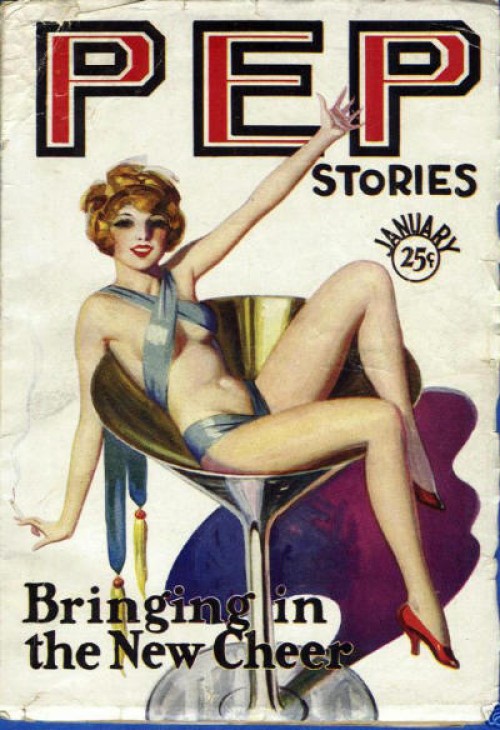Holidays
Robot Carol
Nothing sparks the Xmas feelings like hearing an animated tin can perform a semi-rap song.
Posted By: Paul - Thu Dec 12, 2013 -
Comments (5)
Category: Holidays, Movies, Music, Robots
Santa Claus’s Punch & Judy
Santa Claus finally brings the puppet ultra-violence to Xmas that the holiday has traditionally lacked.
Posted By: Paul - Sat Dec 07, 2013 -
Comments (5)
Category: Holidays, Puppets and Automatons, Toys, 1940s
Happy Thanksgiving

The tables are turned, as carnivorous turkeys get ready to chow down on an Indian child.
Have a swell holiday!
Posted By: Paul - Wed Nov 27, 2013 -
Comments (7)
Category: Animals, Anthropomorphism, Holidays, Native Americans
Where’s Wenda/Wilma?


I never realized there were female counterparts to Waldo, nor that one could purchase Halloween costumes along those lines. But the disparity between Wenda and Wilma--or is that just two conflicting sides of the same woman?--is very confusing.
Posted By: Paul - Mon Sep 30, 2013 -
Comments (7)
Category: Costumes and Masks, Holidays, Sex Symbols, Books
Go Diaper Free Week
The week of April 21-27 has been declared "Go Diaper Free! Week." Next week will be "Scrub Your Carpet Clean Week."
Posted By: Alex - Tue Apr 23, 2013 -
Comments (12)
Category: Babies, Holidays, Hygiene, Body Fluids, Excrement
Happy Easter 2013!

Personally, I think it's weird that we can peek at our ancestors from nearly 85 years ago. Be sure to catch the sylph-like dancing starting around the four-minute mark.
Posted By: Paul - Sun Mar 31, 2013 -
Comments (4)
Category: Animals, Holidays, Easter, Movies, 1920s
Electric Waffles for Valentine’s Day
Posted By: Alex - Thu Feb 14, 2013 -
Comments (5)
Category: Food, Holidays, 1920s
Happy Weird Valentine’s Day

Bertha Blair (shown) of Salinas, California lived to be 112, dying in 1988. As a centenarian, she somehow became a poster girl for Valentine's Day. She said that the secret to her longevity was "minding my own business." She didn't offer any tips on how to find true love, but did say that she wished she had been "rich rather than so good-looking."
Posted By: Alex - Thu Feb 14, 2013 -
Comments (3)
Category: Holidays
Is Your Mister a Mystery?

I venture to suggest that there is no mystery as to what will appeal to the recipient of such gifts. Most men, if presented with an old dishrag by a Christmas "elf" in such attire, would be quite happy.
Original ad here. (Scroll down and to the right.)
Posted By: Paul - Wed Jan 30, 2013 -
Comments (4)
Category: Holidays, Sports, Sex Symbols, 1950s

| Who We Are |
|---|
| Alex Boese Alex is the creator and curator of the Museum of Hoaxes. He's also the author of various weird, non-fiction, science-themed books such as Elephants on Acid and Psychedelic Apes. Paul Di Filippo Paul has been paid to put weird ideas into fictional form for over thirty years, in his career as a noted science fiction writer. He has recently begun blogging on many curious topics with three fellow writers at The Inferior 4+1. Contact Us |






